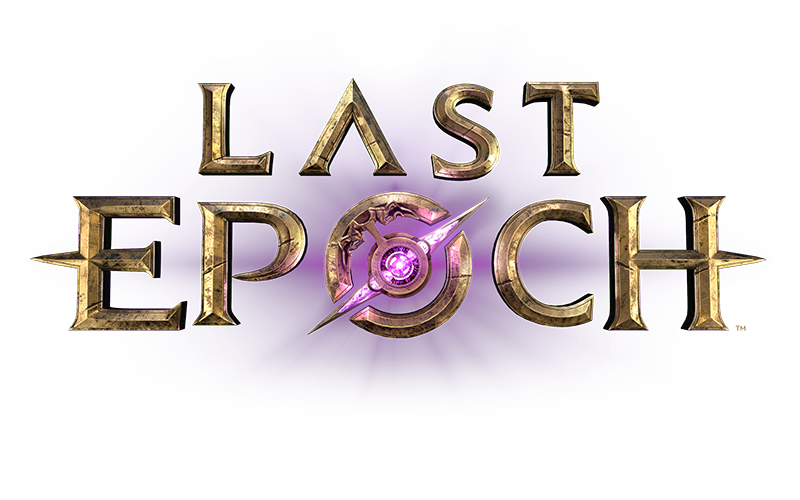I agree with you, but a retort that’s often levied against what you’re saying is that if you have the most money or the best platform, you’ll naturally attract the best artists and create the best art. Supposedly this has to be true because it sells the best, which is not a good measure of the quality of art. That’s a much longer conversation. Suffice it to say, the Mona Lisa doesn’t outsell Campbell’s Soup but that doesn’t mean the label artwork on their cans is a masterpiece with deep significance about the human condition or anything.
But another thing people who claim this don’t seem to understand is that the monetization of art is temporary. In other words, you can only sell your greatest idea once. And in all likelihood, you won’t exactly be set for life at that point if you do. For this reason, people who create art don’t necessarily do great art primarily for short-term gain. Artists, genuinely creative people, aren’t only motivated by money or social status. Very often they’re creative because they’re trying to find a role, or a game to play in society if you will, other than money and social status. Rather than adopting everybody else’s ideas about beauty and happiness, they’re trying to discover their own insights about those things. And a huge fraction of those people, especially the bordering-on-an-illness-brilliant ones, are higher in negative emotion or introversion to the point that they don’t work well with others. They’re going to be the ones that start those indie game companies or freelance because they’re unfit for corporate life temperamentally.
And even if they were, a lot of them find the idea of giving up their best ideas to those types of companies disgusting. A lot of their identity and self-satisfaction is tied up in their art. They will monetize it, but not if it means losing ownership of it completely and forever. Only a handful of creative people are willing to do that, which is why the talent pool for the entertainment industry becomes more and more limited the more oppressive and eternal that IP law gets and the fewer and fewer unique ideas are left to try in a field or genre. This whole issue is made worse by the fact that a unique idea is way more valuable than it was 50 or 100 years ago, because there’s so few of them left. Especially good ones.
I mean, this feeds into a longer discussion about ideas, but cut that short, we generally accept at this point that there are a limited number of kinds of stories or ways of doing things that are interesting to humans, and even fewer than that make sense as narratives. That being the case, most “new” ideas or stories are just reconfigurations of tropes or archetypes that already exist. “Superhero” is one of those. Sure, you have unlimited names and maybe character designs, but try to think of a super-ability that nobody has ever done before. Then, convince yourself that it’s not extremely similar to any of the existing ones while also being more interesting than most of them. If you can do that, (not saying it’s impossible, just saying it’s not easy to do,) then you’re a creative person and you probably should do something with that ability. A lot of people can’t or don’t like to think the way that you do. And if you can’t, well there you go. It’s not as easy as it seems. Lots of people try and fail to do this every day because the financial and social incentives are considerable. Consider also that “superhero” or “superhuman” themselves aren’t even that unique of concepts: That general idea goes all the way back to some of the oldest if not the oldest mythology. They are just mild modern twists on concepts we already had.
Some bonus advice for major companies: If you want to inspire a particularly brilliant creative person to do a big budget game, make it all about them or an IP that they already own; that way, they will be completely devoted to it as their own brand. You will get to use all their ideas and they will get to keep the satisfaction of the thing they made not being dead to them forever. Just be sure to put it in the contract that you get to keep your right to make and sell that thing going forward, so there can’t be any take-backsies on the thing you made, and you’re set. That would be the honest and artist-friendly way of doing things, in my opinion. We haven’t seen it enough, if ever.
